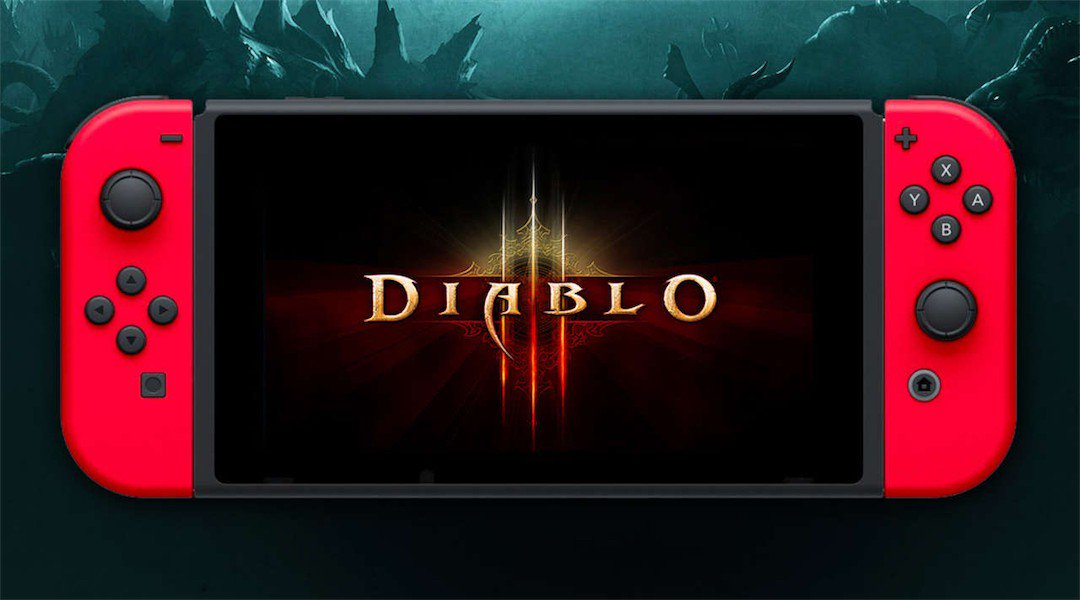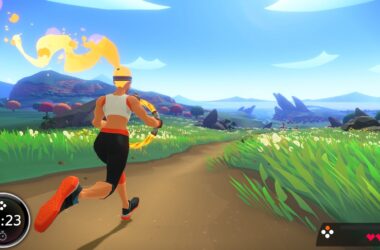Diablo 3 was first released in the spring of 2012. For those who haven’t played the games, the Diablo series was really the precursor to modern loot-based action games as well as the joke-turned-to-actual-genre clicker games, where the central gameplay loop consists of:
- Do something simple—click—to obtain resources, or kill enemies
- Use those resources to enhance your character and make progress
- More advanced characters unlock powers that fetch more resources per click or kill enemies faster
- Goto step 1
It distills a fundamental mechanic in video gaming—the positive feedback loop—into its simplest form, and then layers monsters and character customization and skillset optimizations and even a mediocre-to-bad story on top of that gameplay loop. Diablo has been one of the classics and still is one of the best series to embody this style of loot-based gaming.
When Diablo 3 launched, though, it was mired in controversy. People didn’t like that the game had simplified the skill trees and resource management compared to earlier games1, and there was a real-money Auction House for trading and buying/selling loot that players thought cheapened the “grind” of earning it through time spent playing the game. It took the team a number of years to listen and respond to the feedback, and to patch the game to tone down or outright remove the unsavory elements. By the time they rolled out the first expansion, the team realized that they could lean even further into the loot-based gameplay loop, and established a minimal-story-frills Adventure mode2 and seasonal events.
I’m reminded of all of this, because 6 years later, Diablo 3 is re-released on the Switch, and the game holds up well on the portable system after all these years. In fact, much like the other console versions of the game, using a controller instead of the traditional mouse + keyboard control scheme makes for a slightly different experience; direct control of the character, plus a smaller set of usable buttons, encourages a new set of builds and play styles distinct from the PC game3. To the Switch’s credit, although the game is reasonably old, it still looks great on the device and doesn’t experience any hiccups or slowdowns that you may expect with a relatively underpowered system.
And the big trade-off is worth it: Diablo is a great game on the go. Most games that fit the Switch well are the ones that allow for bursts of gameplay—not quite the in-and-out nature of some mobile games, but definitely not the prolonged sessions of gaming that consoles and PCs encourage either. Since Diablo is mostly about gathering better color-coded items while watching things indiscriminately explode, playing it for a couple of minutes at a time works great. Better yet, since the story and music are pretty forgettable and the action mindless, the game pairs well with music or podcasts. The game has been a commute companion for a week now, and it does its job of making the time go by faster.
So perhaps there’s some hope for the upcoming mobile-only, much-maligned Diablo Immortal.
Namely, compared to Diablo 2.↩
Which is just gameplay and grinding for gear, no more pretense of following a storyline.↩
The developers even had to address this, as they opted to not support controller play on PCs, citing that it’s a different dynamic altogether.↩




